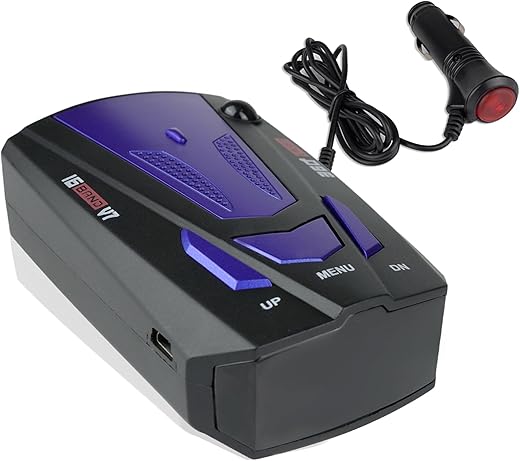









Effective Solutions for Radar Detector Temperature Warnings
When you’re cruising down the highway, the last thing you want is for your radar detector to flash a temperature warning. It’s not just a minor inconvenience; it’s a signal that your device is overheating, which can lead to serious performance issues. In this article, we’ll explore effective solutions for managing these temperature warnings, ensuring your radar detector operates optimally, no matter the conditions.
Understanding Radar Detector Temperature Warnings
Radar detectors are sophisticated devices, designed to keep you informed of speed traps and radar signals. However, like any electronic gadget, they have their limits. When exposed to excessive heat, they can malfunction or even become permanently damaged. A temperature warning typically indicates that your radar detector is working harder than it should, often due to environmental factors. So, why does this happen?
Imagine your radar detector as a marathon runner. If the runner is pushed too hard without adequate breaks or hydration, they risk overheating and collapsing. Similarly, your radar detector needs a conducive environment to function properly.
Common Causes of Overheating
Understanding the causes of overheating can help you prevent it. Here are some common culprits:
1. **Direct Sunlight**: Leaving your radar detector in direct sunlight can raise its temperature dramatically. Think of it as leaving a chocolate bar in the sun; it won’t take long before it starts to melt.
2. **Poor Ventilation**: If your radar detector is tucked away in a confined space, it won’t have room to breathe. Imagine trying to run in a crowded elevator – it’s not just uncomfortable; it’s downright dangerous.
3. **High External Temperatures**: In regions where temperatures soar, the ambient heat can cause your device to heat up faster than usual. Just like how a car can become a furnace on a hot day, so can your radar detector.
Effective Solutions to Keep Your Radar Detector Cool
Now that we understand the causes, let’s dive into some effective solutions to combat those pesky temperature warnings.
1. Optimal Placement
Where you place your radar detector can significantly affect its temperature. Ideally, mount it where it’s shielded from direct sunlight, like behind your rearview mirror. This not only helps in reducing heat exposure but also enhances its detection capabilities.
2. Use a Sunshade
If you live in a sunny area, consider using a windshield sunshade. This simple tool can dramatically reduce the internal temperature of your car, creating a cooler environment for your radar detector. Think of it as giving your device a cool, shady spot to relax in.
3. Ventilation is Key
Ensure that your radar detector is placed in a location that allows for good airflow. Avoid placing it in closed compartments. If necessary, take breaks during long drives to allow your device to cool down, much like giving a runner a water break.
4. Invest in a High-Quality Radar Detector
Not all radar detectors are created equal. Investing in a high-quality model that comes with built-in thermal management features can make a world of difference. These advanced devices are engineered to withstand higher temperatures, providing you with peace of mind during those scorching summer days.
5. Regular Maintenance Checks
Just like you’d regularly check the oil in your car, it’s essential to conduct routine checks on your radar detector. Keeping the device clean and ensuring it’s in good working condition can help prevent overheating issues.
6. Stay Hydrated – For You!
Lastly, while it’s crucial to keep your radar detector cool, don’t forget about yourself. Staying hydrated during your drives can help you stay alert and more aware of your surroundings, allowing you to spot potential overheating signs in your device.
Conclusion
Temperature warnings on your radar detector can be a nuisance, but they’re also a call to action. By understanding the causes and implementing these effective solutions, you can ensure that your device remains functional and reliable. Preventing overheating not only extends the life of your radar detector but also enhances your driving experience. So, the next time you hit the road, keep your radar detector cool, and enjoy a worry-free journey!
FAQs
1. What should I do if my radar detector shows a temperature warning?
If your radar detector indicates a temperature warning, immediately pull over and turn off the device. Allow it to cool down before using it again.
2. Can I use my radar detector in extreme cold conditions?
Yes, most radar detectors are designed to function in various temperatures, but extreme cold can also affect performance. Make sure to keep it within recommended temperature ranges.
3. How can I tell if my radar detector is overheating?
Look for visual indicators like temperature warnings on the display or signs of malfunction, such as erratic behavior or failure to detect signals. If you notice either, it’s best to turn it off and allow it to cool.
